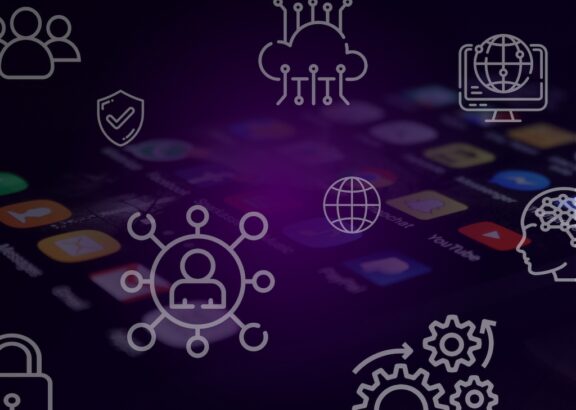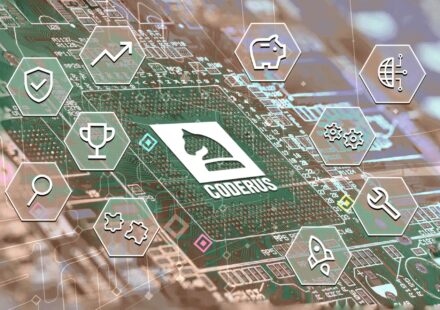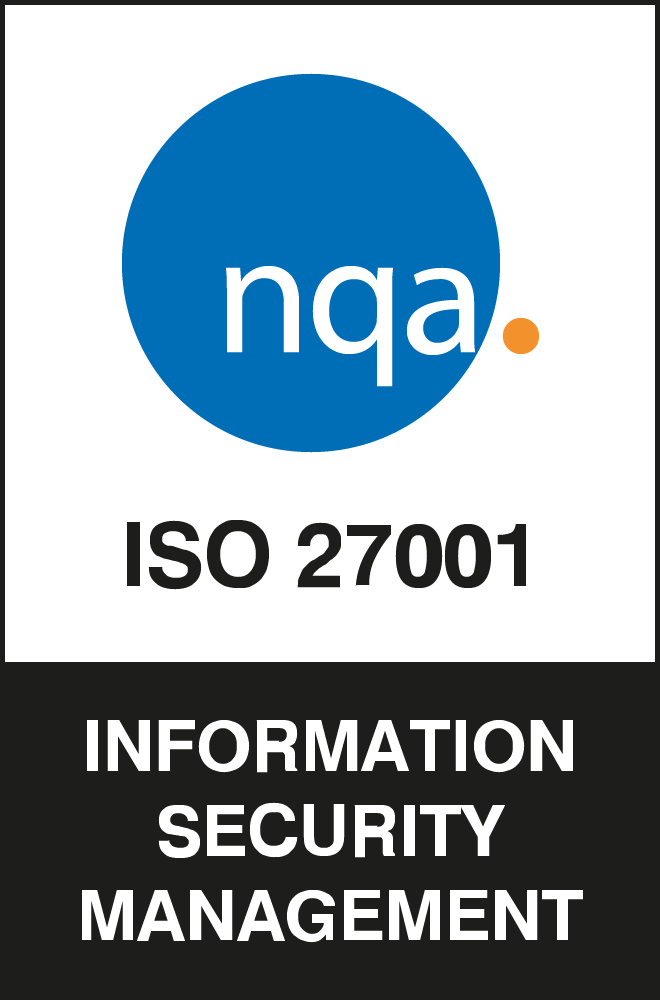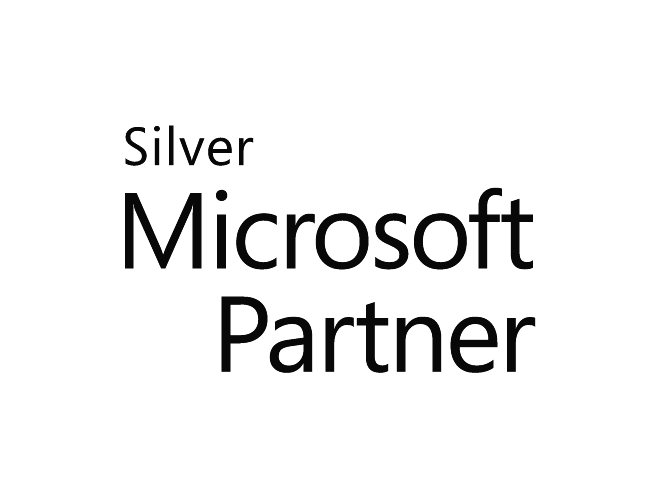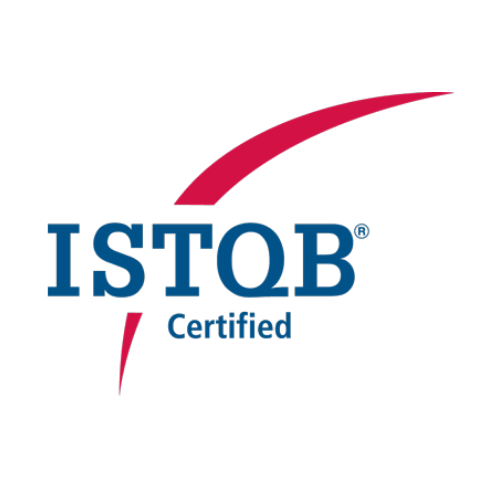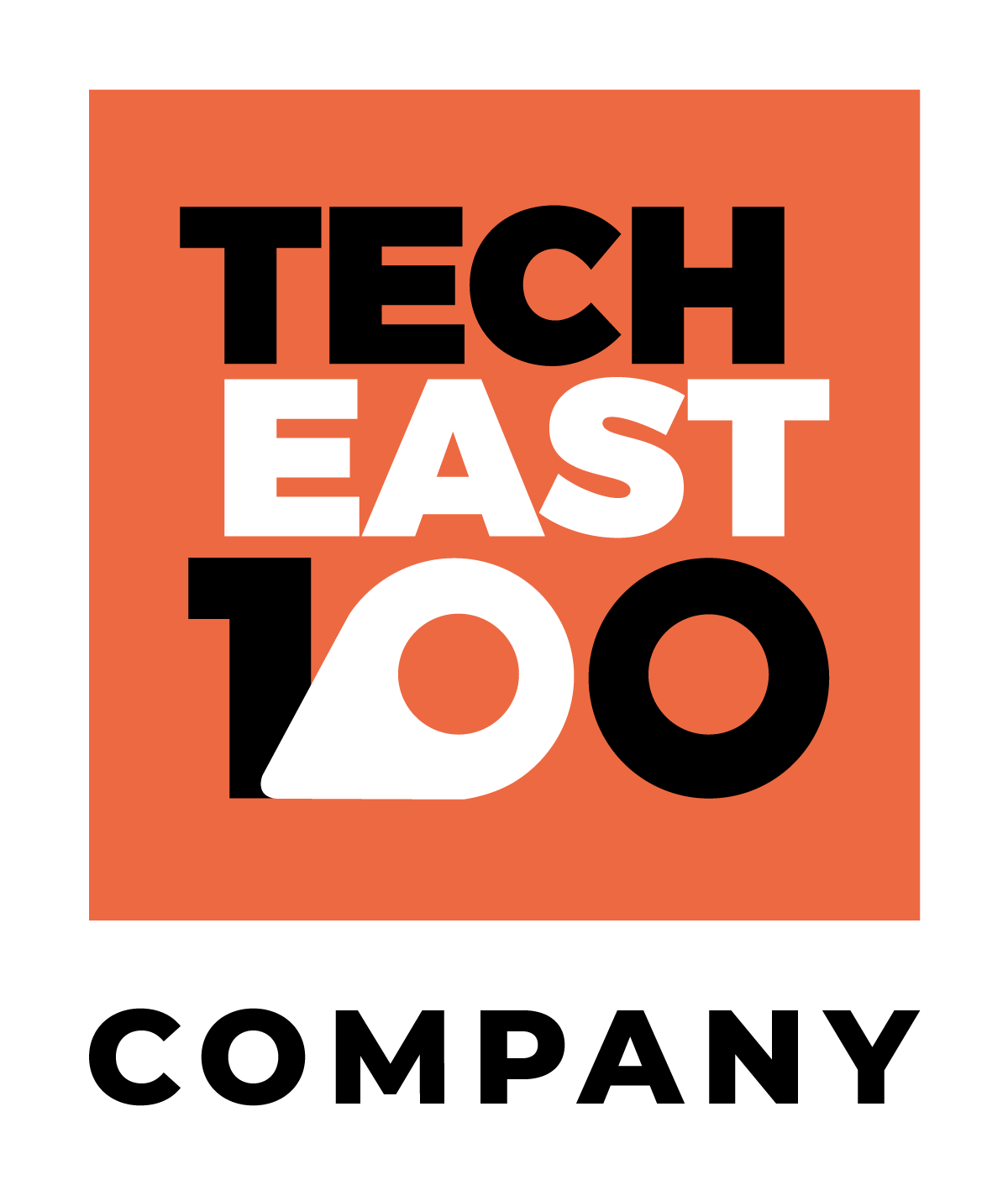For business owners, Gartner’s identification of the top strategic trends for 2021 provides key insights for planning the next year’s moves. Gartner classifies the following trends in three categories: people centricity, location independence and resilient delivery.
Next year, we can expect businesses to try and keep people at the centre of their operations despite the growing level of technological integrations into everyday life, growing pressure to ensure business continuity with staff and consumers becoming more and more physically remote and to become more dynamic and able to move past any kind of obstruction.
Internet of Behaviours
An extension of the Internet of Things, the Internet of Behaviours (IoB) refers to the assumptions that can be made about an individual’s behaviour based on the data collected about them via the Internet of Things. These intelligent assumptions are made using a combination of data and behavioural science.
An example of this trend in action is a health app on your smartwatch monitoring your sleep patterns, then analysing this and external scientific data to suggest ways for you to get better sleep and feel more refreshed in the mornings.
While this is extremely useful and is expected to become more and more prevalent from next year onwards, certain ethical implications must be considered, for example, the potential for the intelligent assumptions and suggestions being made to become overly intrusive if adopted by large corporations trying to drive sales.
Total Experience
Last year Gartner listed ‘multi-experience’ as one of its top strategic trends for 2020 and this year Gartner expands on this area further with the total experience or TX. This mixture of multi-experience, customer experience, employee experience and user experience has the goal of enhancing the overall experience for many different areas.
The improved quality of these intersected experiences is vital for businesses as we emerge from the disruption caused by the Covid-19 pandemic and it’s expected by Gartner that organisations which provide a TX will outperform competitors across key satisfaction merits between now and 2023. As interactions between consumers and organisations become more mobile, virtual and distributed, TX strategies will only increase in importance.
Privacy-Enhancing Computation
As global data protection legislation tightens, organisational operations teams across the world face more expansive privacy and noncompliance risks than ever before. More advanced than data-at-rest security controls, privacy-enhancing computation maintains privacy or secrecy while it protects data.
Gartner suggests organisations should begin the process of implementing privacy-enhancing computation by assessing which data processing tasks involve the transfer of personal information, data monetisation, fraud analytics and other use cases for sensitive data.
Distributed Cloud
Gartner calls distributed cloud “the future of cloud” and many business owners would agree. The distributed cloud refers to new approaches in cloud computing whereby data is distributed to different remote locations while still remaining under the authority of the cloud provider.
Three key benefits for businesses include:
- Lower latency
- Reduced risk of network failures
- Greater availability of locations where cloud services are available
It’s expected that by 2025, a majority of cloud service platforms will provide at least some distributed cloud services.
Anywhere Operations
This trend has become even more prevalent since the beginning of the Covid-19 pandemic. It’s becoming increasingly important for employers and businesses to be able to operate with their staff in remote locations, while still maintaining efficiency.
Gartner suggests that all operations going forward should be designed with the capability to be completed digitally, ahead of anything else. Moreso, businesses which operate physically should make adaptations to ensure they stay up-to-date.
For example, physical shops should use technology to streamline customer experiences with contactless checkouts.
Cybersecurity Mesh
The cybersecurity mesh will allow anyone to remotely access any digital asset securely, regardless of the physical location of the data or the person trying to access it. As mentioned above, the trend of anywhere operations is on the rise, which means cybersecurity must adapt in line with the current business landscape.
Brian Burke, Research Vice President at Gartner said “As anywhere operations continue to evolve, the cybersecurity mesh will become the most practical approach to ensure secure access to, and use of, cloud-located applications and distributed data from uncontrolled devices.”
Intelligent Composable Business
An intelligent composable business is one that’s agile enough to adapt with whatever situation it finds itself in. With greater access to big data, businesses are able to gain more valuable insights and adapt more easily to potential problems inferred from the data, before they take place.
Alongside this, greater autonomy across an organisation allows areas within a business to adapt efficiently and independently to events which may have negative impacts, with reduced administrative delays.
This essentially allows separate, moving parts of the organisation to quickly make adjustments which benefit the business as a whole, without delay.
AI engineering
AI production relies heavily on AI engineering, a trend which Gartner thinks will improve scalability for CIOs and IT leaders who run into obstacles scaling AI projects due to insufficient tools, to create and manage a production-grade AI pipeline.
Based on three core areas – DataOps, ModelOps and DevOps, AI engineering will allow improvements in the performance, scalability, interpretability and reliability of AI models.
Hyper Automation
The concept of hyper-automation is based on the premise that if a process has the capacity to be automated, you should automate it.
The main driving factor making this a top strategic technology trend for next year is large organisations with antiquated processes making the decision to optimise and streamline the way that they operate.
With many opting for hyper-automation to improve the efficiency of their operations, the businesses who are still operating in the past will get left there.
Are you looking to digitally transform your business based on the strategic technology trends outlined in this list?
Get in touch with the development team here at Coderus and make your idea a reality.
